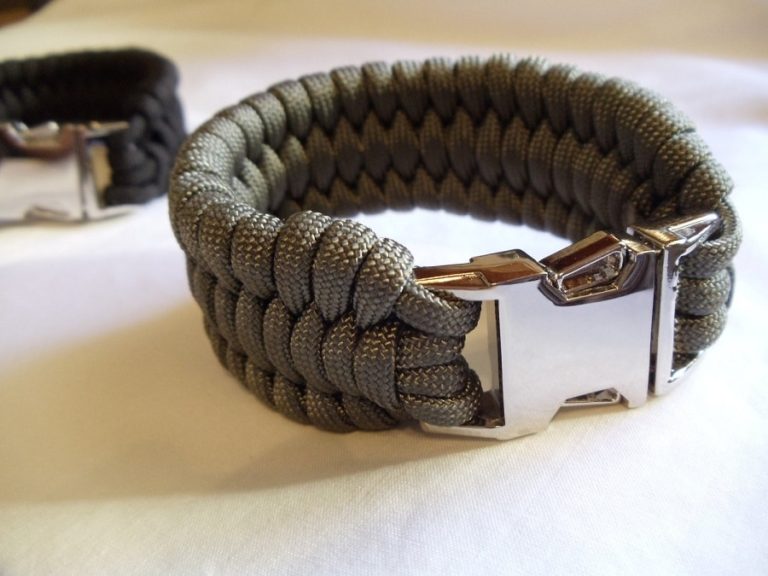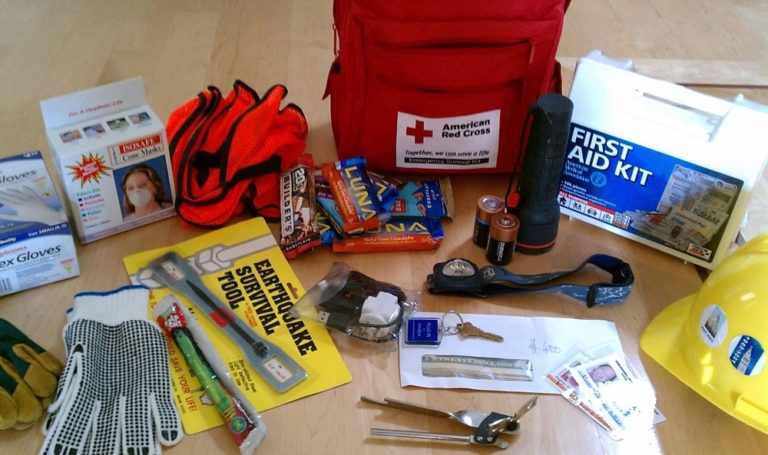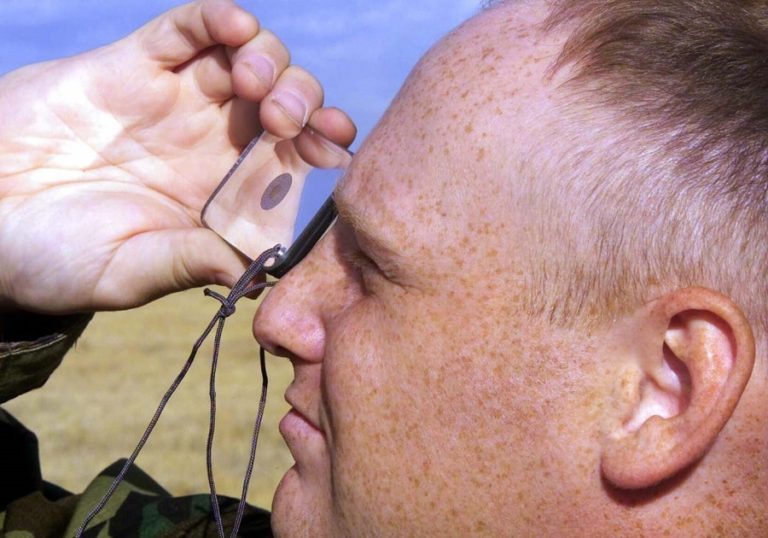Water Resistant vs. Waterproof: How to Learn the Difference and Get the Right Product
If you’ve done some gear shopping, then you’re probably seen quite a few labels marking clothing either as water resistant or waterproof. However, you wouldn’t be the only one having trouble weighing them off and deciding which one is better – it’s hard picking a winner in the eternal water resistant vs waterproof dilemma!
No matter which protection you pick for your outdoor equipment, both have their set list of pros and cons – and they’re definitely not the same. Once you know the main difference between them, you won’t only save money but you’ll also be able to make a better pick for your next outdoor trip.
That is why we’ve decided to go over some of the more basic things when it comes to reading gear labels. Apart from giving you a few tips and tricks when it comes to shopping for the right fit, we’ll also try to help you decide which one may be a better option for you. Follow us to learn more!
Knowing There’s a Difference is Key
As we said, plenty of people think that water resistant is the same as waterproof – that’s not true and actually, waterproof and water-resistant fabrics are very much different. Being able to identify the differences between those two should help you out determine which one you’re looking for.

The point of the waterproof gear is to keep you dry all day no matter the amount of water you get in contact with. You shouldn’t worry about changing weather conditions when you are on the trail – waterproof gear is designed to withstand heavy rains and no water should get in.
On the other hand, the water-resistant gear is only ideal for light weather and the water-resistant treatment works mostly to prevent moisture from dribbling through the fabric. For instance, your water-resistant jacket will protect you from some light rain but it may not be able to withstand heavy storms – chances are, you’ll be soaking wet in a few minutes!
Basic Waterproof Features
No matter the type of gear you’ll be buying – jackets, pants, shoes – there are some features you should pay attention to when shopping for your next waterproof item. The manufacturing quality of these may often determine the quality of the product altogether.
The Waterproof Membrane
The waterproof membrane usually makes up the outer layer of your product. If, for instance, you buy a backpack that is waterproof, pay attention to the outer layer – that’s what makes it waterproof. Most of the time, this material should be pretty durable and strong but it also needs to be properly secured into place as to keep water out.
The Seams
Talking about being properly secured, this is where the seams come into place. If you’re looking to get a full waterproof effect, all seams should be fully taped. You may also want to pay attention to the way the seams have been taped on the inside.
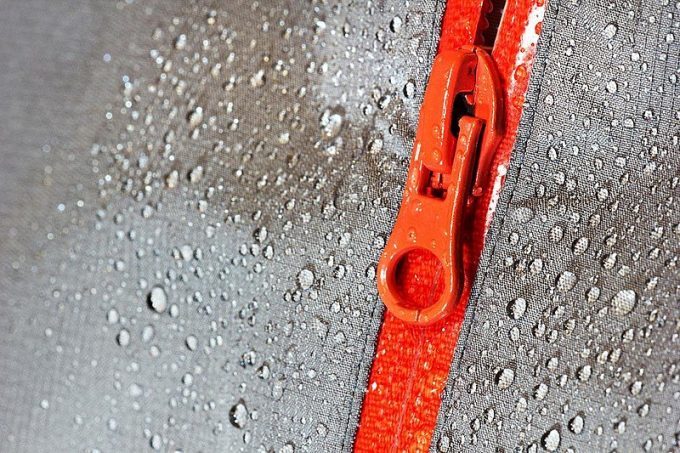
On top of that, make sure that any zippers, compartments or pockets can be fully closed. While you might not pay that much attention to them, water can easily find its way through opened zippers or pockets that don’t close properly and ruin whatever you keep inside.
The Weather Resistance
Of course, most of the waterproof items are weather resistant. However, did you know there’s a different rating that helps you rank just how much protection an item will offer you?
A tip that you ought to keep in mind as you shop for that waterproof jacket is that they usually have a hydrostatic rating that enables you to know the ideal weather conditions for a particular jacket. This ranges from 1,500 for light rain and up to 20,000 for heavy rain.
Waterproof material is measured in “mm” which is basically the rating that can tell you how much water it can withstand within 24 hours. The higher the “mm” rating, the more waterproof the item is.
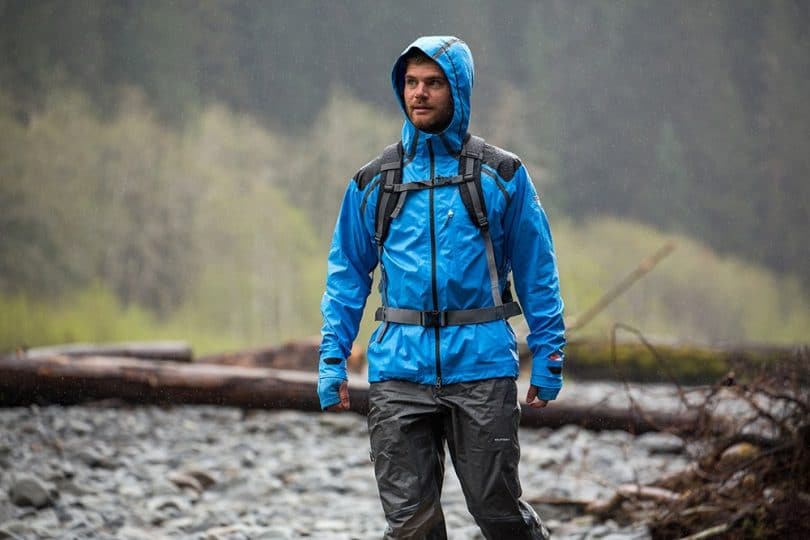
Some garments instead of “mm” rating have a pounds per square inch (psi) rating which can range all the way up to 40. A higher psi rating translates to a garment being able to handle more pressure – that means you won’t get wet even if you’re carrying a heavy backpack on your back.
Breathability
We’d say that breathability matter quite a bit – imagine spending hours in fabric that true, keeps you dry from rain but makes you sweat like crazy? Some waterproof fabrics have a breathable fabric woven around them that allows them to release moisture but at the same time, regulate heat.
But don’t worry about the holes – they are so tiny, that no water can penetrate through! These holes are too tiny that no water can penetrate through, making waterproof fabrics almost ideal for activities that require a lot of energy. You will not be overheating anytime soon in your waterproof jacket!
What to look out for on Waterproof Gear
There are so many brands that claim to sell waterproof gear. However, some of them aren’t as genuine as they might seem, which might cost you more in the long run and still ruin your trip. Below are some pointers that can help you.
Reputable Brands
Most of the time, reputable brands should get it right and getting your gear from reputable brands such as Columbia, the North Face, Black Diamond, Rab, Marmot, Arc’teryx and Patagonia among others may mean you stay dry on the trail. Apart from having a reputation to uphold, they have been in the gear industry long enough to know a thing or two.
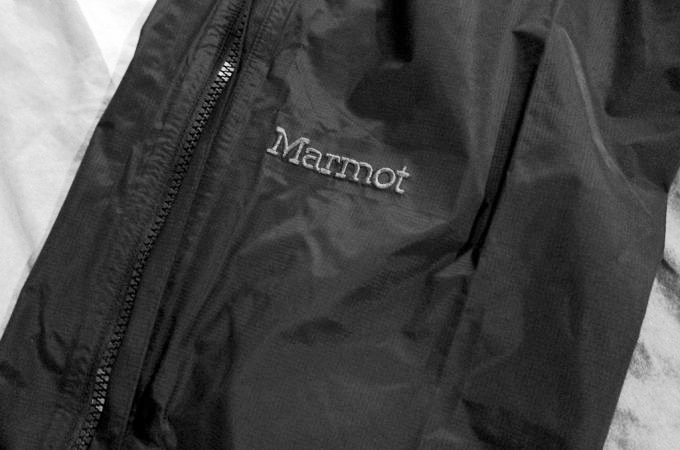
It is also important to keep in mind that small brands also offer genuine waterproof products. However, you have to be wary of cheap imitations which can come at a cheaper price but are definitely not up to per when it comes to how they are constructed.
Check the Rating
Remember the ratings we talked about?Most waterproof products have a rating that should be clearly visible and allow you to easily make a judgment.
Unfortunately, it is not always too easy to tell which the right product to pick is and which one you should leave out. The important thing is that you figure out the amount of water you might deal with during your trip and see which one will keep you dry the most.
The Durable Water Resistant Treatment
The DWR is what makes an item water resistant – most items have a coating of a Durable Water Resistant (DWR) Fabric. This makes the fabric resistant to water but it is not impermeable to water.
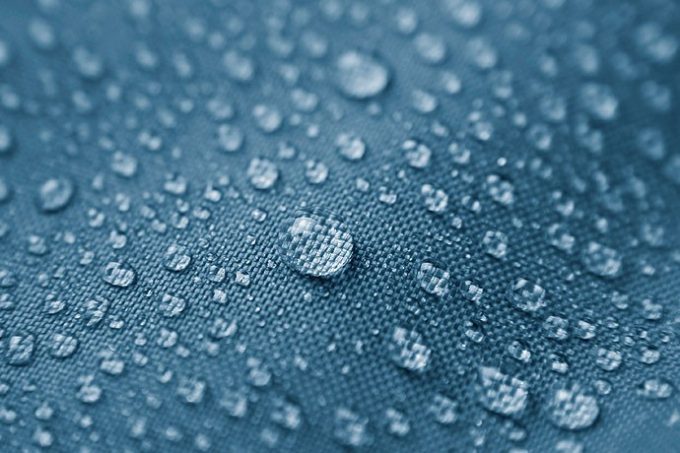
For instance, if you are wearing a water-resistant jacket and it starts to rain when you are outdoors, rainwater will bead up and form drops on your jacket. Below are listed some of the other qualities of the DWR treatment you might find useful.
Limited Protection
Your water-resistant jacket will protect you from limited precipitation but it may not be able to withstand full submersion in water. In case your fabric gets harsh exposure to water, it can be drenched. While the water-resistant treatment prevents moisture from dribbling through the fabric, you’ll still get water all over, sooner or later.
For instance, a water-resistant jacket does not have a hydrostatic head rating which helps in the determination of a garment’s waterproof rating. The water-resistant jacket, therefore, can only protect you from light rain only – due to it having zero (or weaker) seams, water can easily seep through and you will eventually get wet.
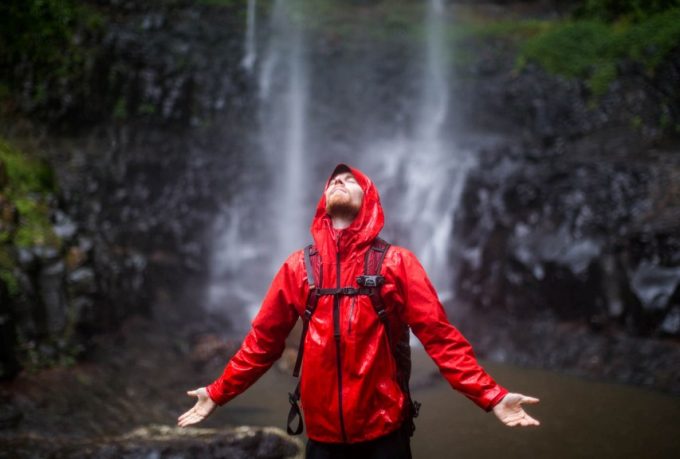
However, that’s not necessarily a bad thing. If you are in need of light rain jacket at a pocket-friendly price, this is what you should consider getting. Most of the time, water-resistant clothing items should offer you slightly better features when it comes to breathability though that’s not always the case.
Helps Fight Water Absorption
Every experienced hiker will agree – weight matters a lot when you carry it on your back! If your gear absorbs water, you’ll soon end up carrying much more than what you’ve signed up for. However, this is how a water-resistant clothing item might help.
A DWR should ensure that your gear retains its original weight even under exposure to heavy rainfall. This is because the outer fabric is covered with DWR, which helps prevent water being soaked into the gear.
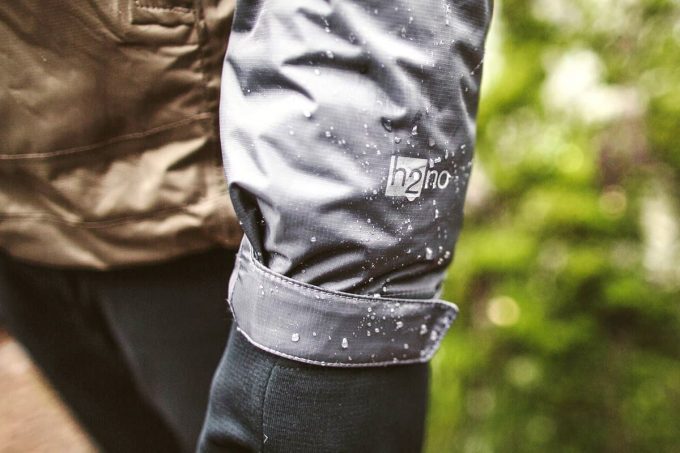
On top of that, if the exterior of your gear gets soaking wet, you are likely to experience the most annoying feeling of dampness on your back. However, the DWR thus protects you as well from that nasty damp feeling on your back or body.
How to Maintain DWR Treatment
A durable water repellent is not permanent. It wears off or dissipates after sometime. It is therefore important to apply a durable water repellent treatment after washing your gear over a period of time.
Here are a few factors that you should factor in so that your DWR treatment can last for a longer period of time.
Check Equipment After Each Trip
No matter how careful you are, your gear will very likely get damaged after a while – either by small holes appearing or parts thinning out. However, re-applying a layer of DWR can, therefore, help and prevent moisture and water from getting into your gear.
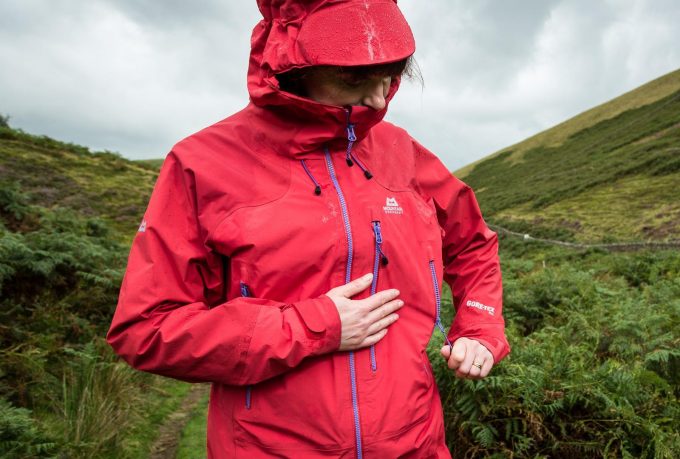
For your garment to serve you longer, ensure that you wash it thoroughly to remove any particles or needles that might be stuck after your outdoor adventure. After washing, you can always treat your gear with DWR especially if you notice that it is wearing out.
Test the Fabric
All you need to do to check the quality of your DWR treatment is to put some water on your item – be it a pair of boots, a jacket or backpack. Check if the water appears in the form of a little raindrop or it’s immediately soaked in the fabric.
In case the drop flattens and spreads immediately after being applied, it’s gotten absorbed by the outer fabric – that could be an indication that you need to renew your DWR treatment. If it slips off, you should be good to go.
Tumble Dry or Iron
Ironing helps reactivate the initial DWR treatment on your garment. The advantage of ironing as a means of repair to DWR is that it increases the performance of DWR and at the same time retains the breathability of your fabric that might be affected when you use chemical treatments.
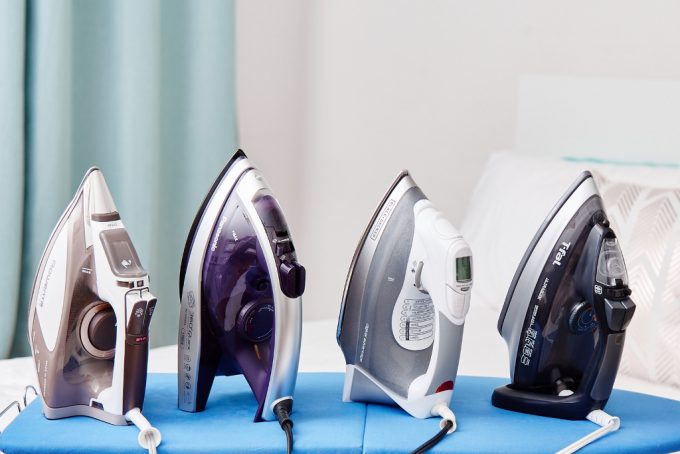
The alternative is to dry your gear in a dryer which will again reactivate the durable water repellent.
Re-Apply DWR Treatment
After a while, you’ll get the feeling that now might be the right time to fully renew your DWR. However, make sure to apply the treatment only on the exterior of the gear and skip the washing machine process for that one time. This will help retain the breathability aspect of the gear.
However, re-applying the DWR treatment on the inside is probably not the best idea, as moisture won’t be able to evaporate through the membrane and outside the garment. The inability of moisture to move efficiently leads to it being trapped inside but it can also lead to overheating, something that is not too pretty!
How to Pick the Right Piece for You
Bearing all of that in mind now might be a good time to pick the right product for you. Here are several tips and tricks that may help you make a better purchase.
Know Your Destination
Knowing where you’re headed is key, no matter the type of gear you’re looking to get. For instance, if you know you’d be dealing with plenty of snow along the way, it’s very likely a better idea to get yourself a nice waterproof gear that will keep you dry and warm throughout your trip.
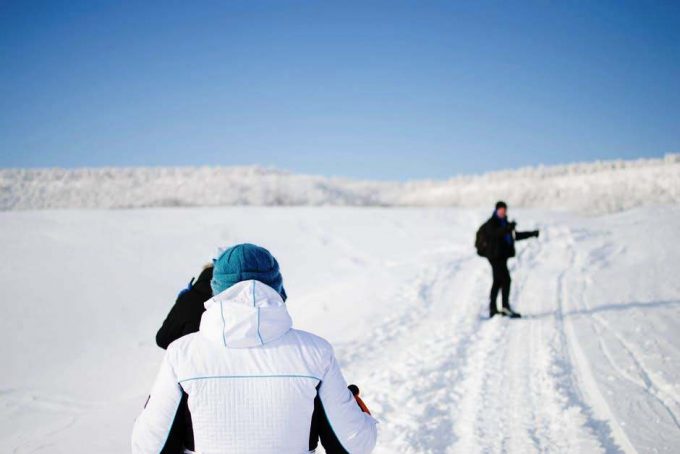
On the other side, waterproof gear might be a bit more expensive than the weather resistant one. So if you know that you won’t need to deal with plenty of water – let’s say, hikes during the summer in areas where you know there’s a little chance of rain – saving a few dollars on the side and getting the water-resistant option isn’t that bad of an idea.
Overall Fit and Comfort
No matter where you’ll be buying your equipment – whether in a store or online – you’d want to make sure you get the right fit for yourself. Since you’d be buying gear that’s supposed to protect you from water, you’d want to get exactly the right size – nothing too big and nothing too small.
Do note that some items that come with a heavier fabric might feel a bit sturdier and less comfortable for longer periods of times. If you only plan on wearing those items occasionally, then you should be fine. However, buying a jacket where you can barely move your arms around is probably not the right idea.
Budget and Durability
If you’re shopping on a budget, then you should know that generally, water-resistant items aren’t as expensive as good quality waterproof items can be. But if you’re not that concerned about durability and you’re looking for something to get you by on hikes during the warmer months, a water-resistant item shouldn’t let you down.
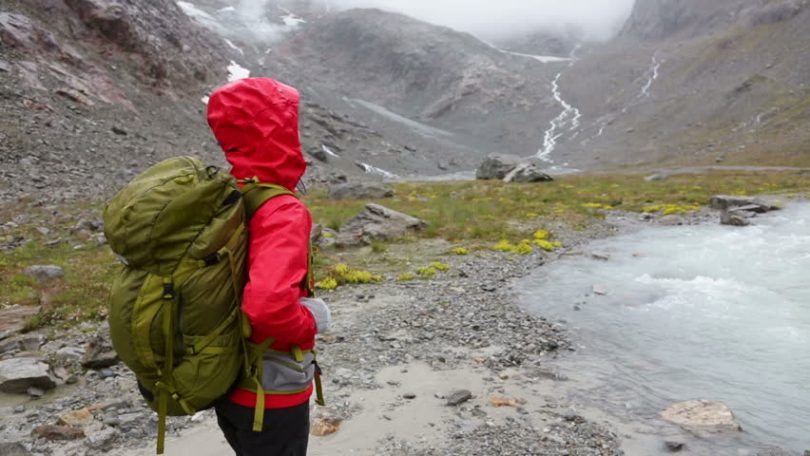
On the other side, if you know you’d be spending days wearing your waterproof items, you may want to do the investment here – spending hours wearing your drenched shoes might be a more expensive in the long run!
Fight That Rain!
Choose wisely between water resistant and waterproof fabric as you select the gear for your preferred outdoor adventure. Always keep in mind that water resistant gear is only effective to a certain extent and is ideal for favorable or light weather conditions.
Waterproof gear, on the other hand, is your- to -go –to fabric if you are planning for an outdoor activity during the rainy season or in an unpredictable environment. You can always have a mix of both waterproof and water resistant gear. For instance, you might want to ensure that you have a backpack that is waterproof so that all your gear stays protected even in heavy rains.
What has your experience been using either waterproof or water resistant gear? If you have something to share, please leave us a comment – we’d be thrilled to hear back!

